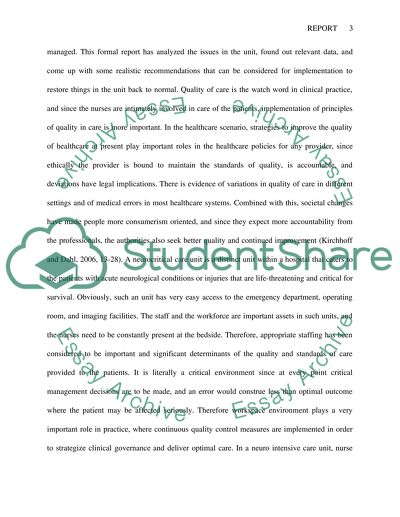Cite this document
(“The Clinical Governance issues and strategy for Neuro-intensive Essay”, n.d.)
The Clinical Governance issues and strategy for Neuro-intensive Essay. Retrieved from https://studentshare.org/nursing/1516927-the-clinical-governance-issues-and-strategy-for-neuro-intensive
The Clinical Governance issues and strategy for Neuro-intensive Essay. Retrieved from https://studentshare.org/nursing/1516927-the-clinical-governance-issues-and-strategy-for-neuro-intensive
(The Clinical Governance Issues and Strategy for Neuro-Intensive Essay)
The Clinical Governance Issues and Strategy for Neuro-Intensive Essay. https://studentshare.org/nursing/1516927-the-clinical-governance-issues-and-strategy-for-neuro-intensive.
The Clinical Governance Issues and Strategy for Neuro-Intensive Essay. https://studentshare.org/nursing/1516927-the-clinical-governance-issues-and-strategy-for-neuro-intensive.
“The Clinical Governance Issues and Strategy for Neuro-Intensive Essay”, n.d. https://studentshare.org/nursing/1516927-the-clinical-governance-issues-and-strategy-for-neuro-intensive.


